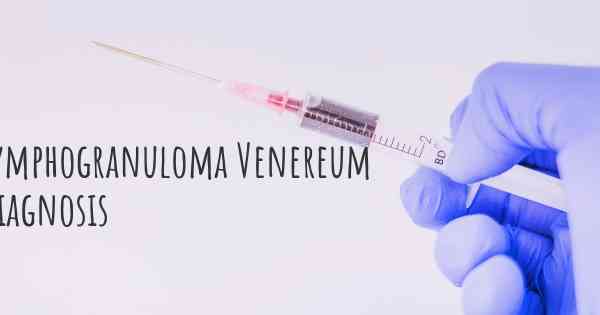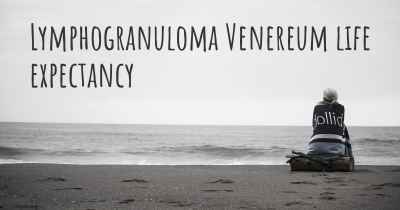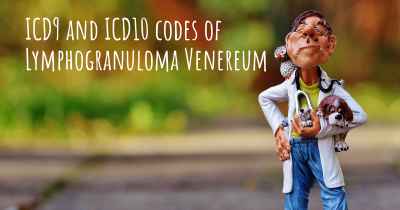How is Lymphogranuloma Venereum diagnosed?
See how Lymphogranuloma Venereum is diagnosed. Which specialists are essential to meet, what tests are needed and other useful information for the diagnosis of Lymphogranuloma Venereum

Lymphogranuloma venereum (LGV) is a sexually transmitted infection caused by certain strains of the bacterium Chlamydia trachomatis. It primarily affects the lymphatic system, causing inflammation and swelling of the lymph nodes in the genital area. Early diagnosis and treatment are crucial to prevent complications and further transmission.
Diagnosing LGV involves a combination of clinical evaluation, laboratory tests, and medical history assessment. A healthcare provider will typically begin by conducting a thorough physical examination, paying close attention to any visible symptoms or signs of infection. These may include small painless sores or ulcers on the genitals, rectum, or mouth, as well as swollen lymph nodes in the groin area.
Laboratory tests are essential for confirming the diagnosis of LGV. The most common method is to collect a sample from the affected area, such as a swab from a genital ulcer or a rectal swab. These samples are then sent to a laboratory for analysis. The preferred laboratory test is a nucleic acid amplification test (NAAT), which detects the genetic material of the Chlamydia trachomatis bacteria. NAATs are highly sensitive and specific, providing accurate results.
In some cases, blood tests may also be conducted to detect antibodies against Chlamydia trachomatis. These tests can help determine if a person has been previously exposed to the bacteria, but they are not sufficient for diagnosing an active LGV infection.
It is important to note that LGV can often be mistaken for other sexually transmitted infections or conditions with similar symptoms. Therefore, a comprehensive medical history assessment is crucial. The healthcare provider will ask about recent sexual activity, potential exposure to LGV or other STIs, and any previous diagnoses or treatments. This information helps guide the diagnostic process and ensures appropriate treatment.
If LGV is diagnosed, it is essential to inform sexual partners so that they can also seek testing and treatment. Prompt treatment with antibiotics, such as doxycycline or azithromycin, can effectively cure LGV and prevent complications.








